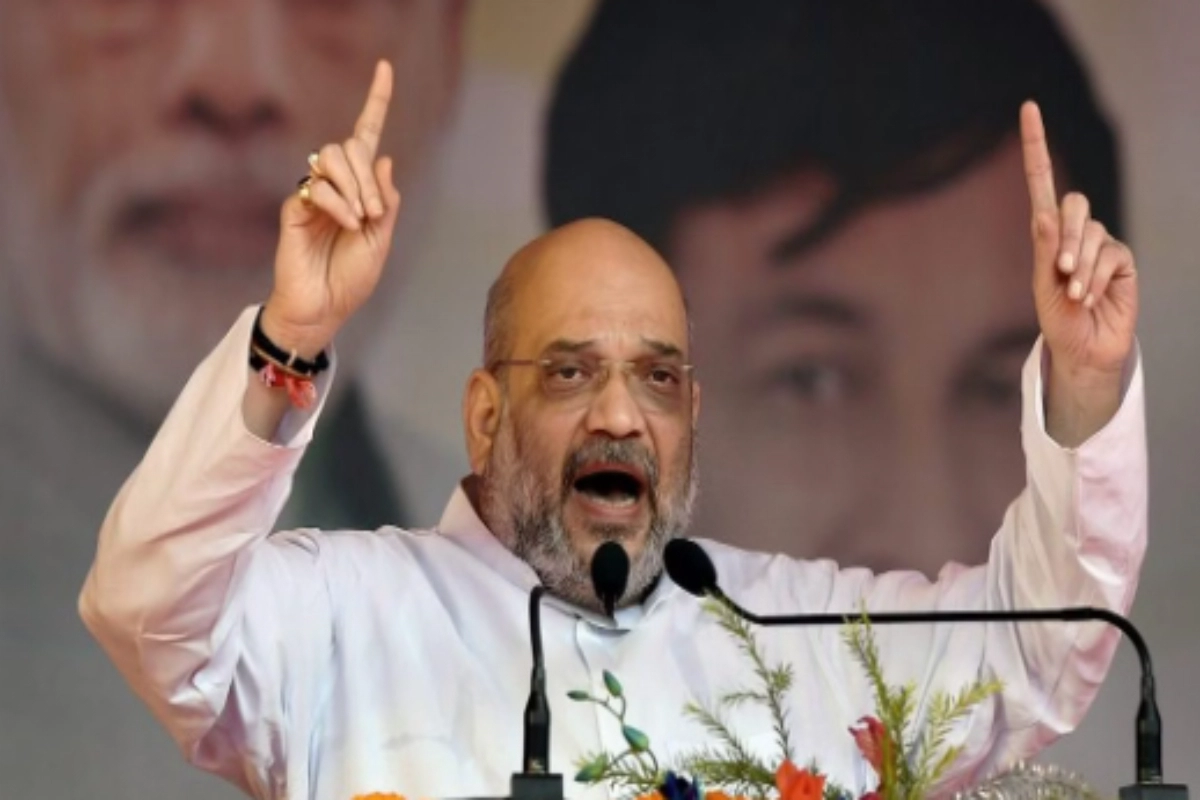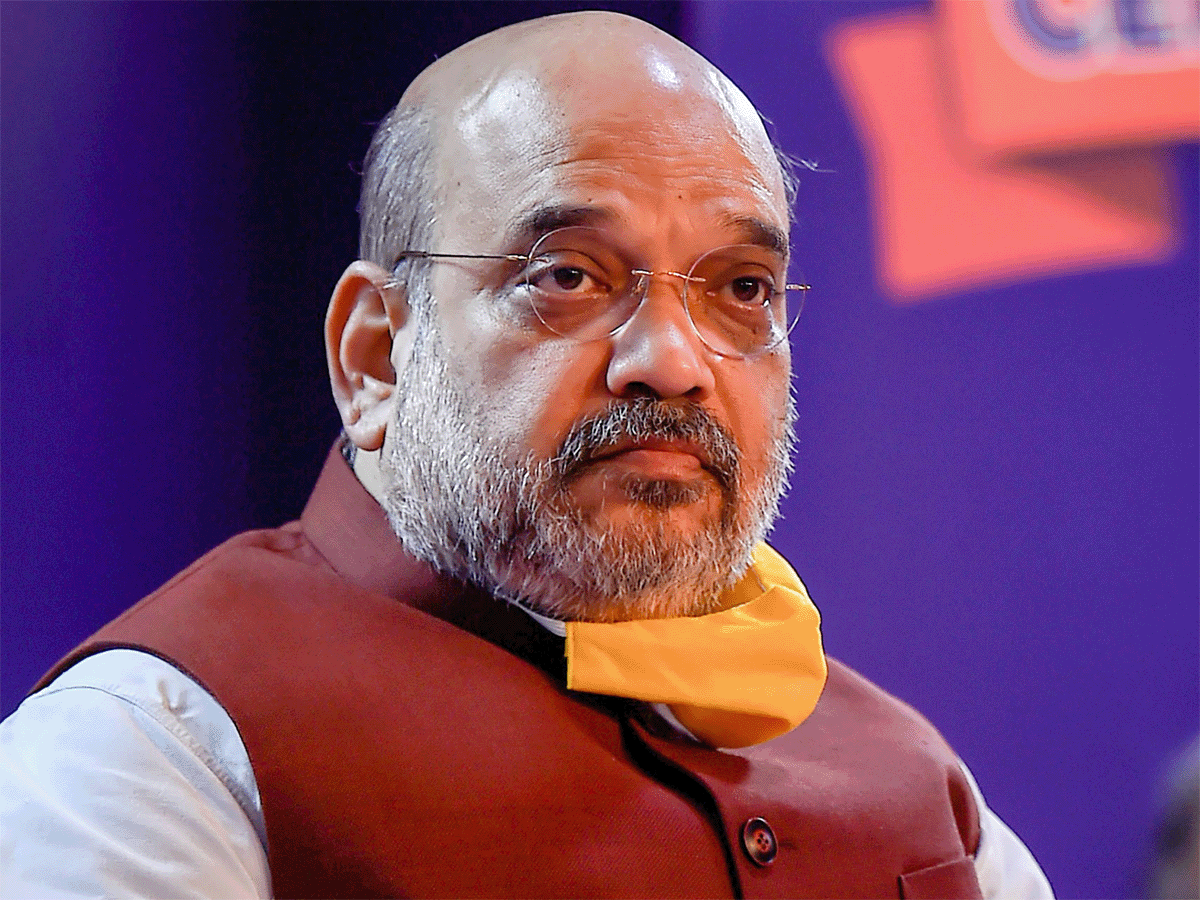The government has decided to reduce the disturbed areas under Armed Forces Special Powers Act (AFSPA) in Nagaland, Assam and Manipur.
The decision comes in the backdrop of vociferous demands from various states in the Northeast to remove AFSPA following the killing of over a dozen civilians in Mon district of Nagaland last year.
The development also comes weeks after the BJP swept to power in Manipur on its own, securing a simple majority in the sixty-member assembly. The BJP-led NDA is the ruling party in Assam and Nagaland as well.
Union home minister Amit Shah took to Twitter to announce the move. “In a significant step, GoI under the decisive leadership of PM Shri @NarendraModi Ji has decided to reduce disturbed areas under Armed Forces Special Powers Act (AFSPA) in the states of Nagaland, Assam and Manipur after decades,” he tweeted.
The Union Home Minister added that the reduction in AFSPA controlled areas has been possible due to improved security situation and fast-tracked development in the states.
“Reduction in areas under AFSPA is a result of the improved security situation and fast-tracked development due to the consistent efforts and several agreements to end insurgency and bring lasting peace in North East by PM Narendra Modi government,” he said.
He congratulated the people of North East on this “momentous occasion” and said that the region “which was neglected for decades is now witnessing a new era of peace, prosperity and unprecedented development.”
Union Minister and Rajya Sabha member from Assam, Sarbanad Sonowal welcomed the move by the government saying “reduction in areas under AFSPA will further create a conducive environment for fast-paced growth in the region.”
The controversial AFSPA law empowers security forces to conduct operations anywhere and arrest anyone without any prior warrant. It also gives a certain level of immunity to the security forces in case of an operation going wrong.
For all the news update subscribe our YouTube channel ‘DNP India‘. You can also follow us on FACEBOOK, INSTAGRAM and TWITTER.
(With inputs from agencies)










